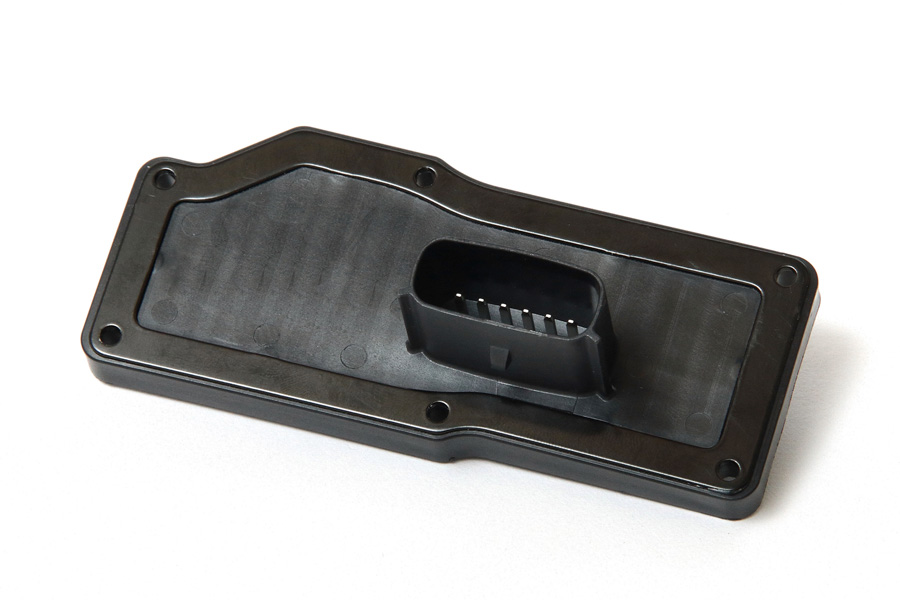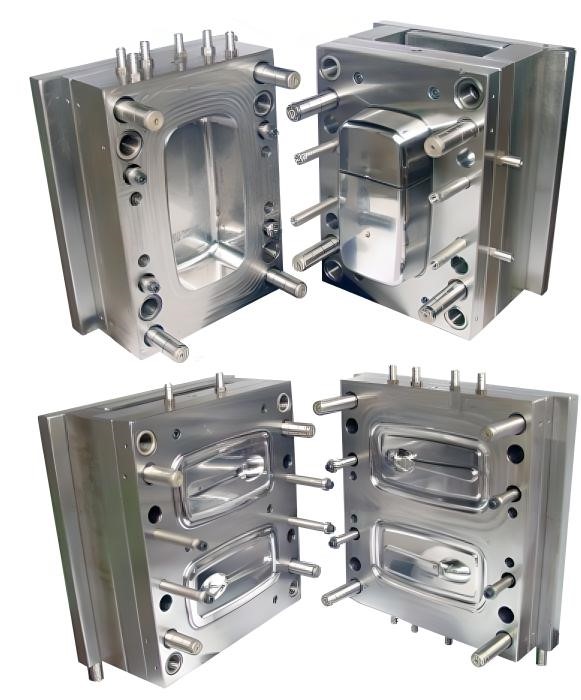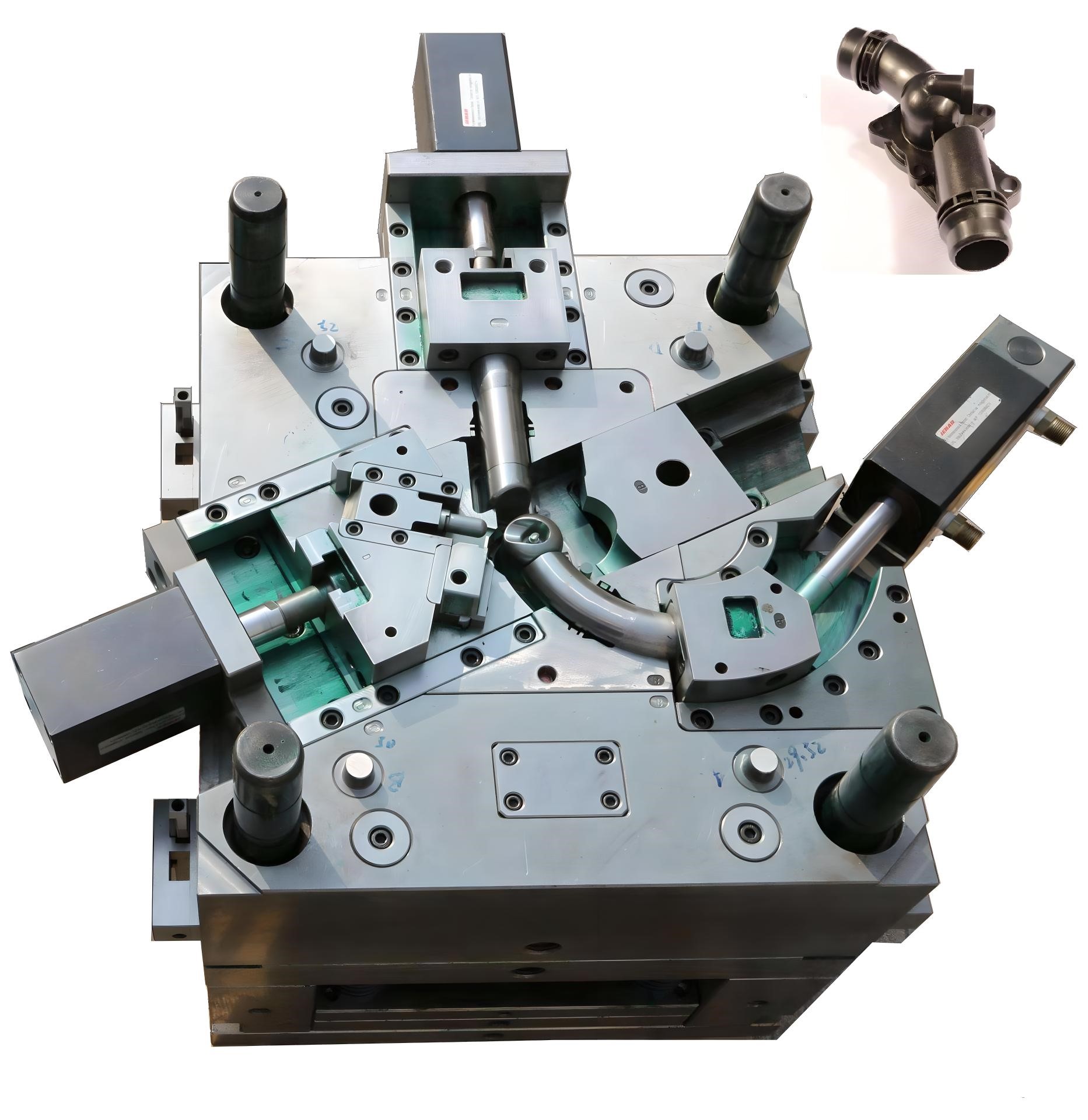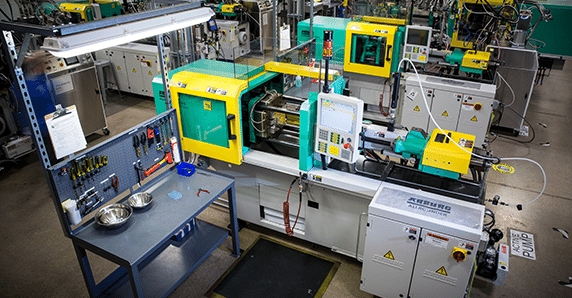Injection Molding Materials: A Simple Guide to Material Selection
Table of Contents
Categories of Injection Molding Materials
Thermoplastics
- Characteristics
Repeatedly meltable and solidifiable, easy to process, and suitable for mass production. - Common Materials and Applications
- Polypropylene (PP): Lightweight, chemical-resistant; used in household appliances, food packaging.
- Polyethylene (PE): High toughness, impact-resistant; used in pipes, containers.
- Polyvinyl Chloride (PVC): Chemically resistant; used in pipes, construction materials.
- Polystyrene (PS): High transparency; used in packaging boxes, optical components.
- Engineering Plastics (ABS, PC, PA): Heat-resistant, impact-resistant; used in automotive parts and electronics enclosures.
Thermosetting Plastics
- Characteristics
Cannot be remelted after forming, ideal for high-temperature and high-strength applications. - Common Materials and Applications
- Phenolic Resin (PF): Heat-resistant; used in electrical insulation.
- Epoxy Resin (EP): High strength, corrosion-resistant; used in composites and coatings.
Elastomers
- Characteristics
Rubber-like elasticity, wear-resistant, tear-resistant. - Common Materials and Applications
- Thermoplastic Elastomers (TPE, TPU): Used in seals, soft-touch components.
- Silicone Rubber: High-temperature resistance; used in medical and electronic fields.
Composites
- Characteristics
Reinforced with fibers or fillers to enhance strength, hardness, or other properties. - Common Materials and Applications
- Glass Fiber-Reinforced Plastics (GF): Heat-resistant; used in automotive and industrial equipment.
- Carbon Fiber-Reinforced Plastics (CF): Lightweight and strong; used in aerospace and high-end automotive applications.
Key Factors in Material Selection
Performance Requirements
- Mechanical Properties
Strength, stiffness, and toughness (e.g., PP for high toughness; PA for high strength). - Thermal Properties
Heat resistance and thermal deformation temperature (e.g., PC, PEEK for high-temperature environments). - Chemical Resistance
Resistance to chemicals and oxidation (e.g., PVC for excellent chemical resistance). - Electrical Properties
Insulation or conductivity (e.g., ABS for electronic enclosures; conductive plastics for specific needs).
Processability
- Melting Point and Flowability
Determines ease of processing (e.g., PP has excellent flowability for complex molds). - Shrinkage Rate
Impacts dimensional precision of products (e.g., POM has a high shrinkage rate, requiring precise mold design). - Demoldability
Affects product complexity and mold design.
Economic Considerations
- Material Cost
Common plastics (e.g., PP, PE) are cost-effective for mass production, while high-performance plastics (e.g., PEEK) are expensive for specialized applications. - Production Efficiency
Shorter cycle times and lower defect rates reduce overall costs.
Environmental Compatibility
- Eco-friendliness
Biodegradable plastics (e.g., PLA) and recycled plastics align with green manufacturing goals. - Weather Resistance
UV stability and aging resistance for outdoor applications (e.g., ASA, UV-stabilized plastics).
Performance Comparison of Common Materials
Material Strength Toughness Heat Resistance Chemical Stability Processability Cost PP Medium High Medium High Excellent Low PC High High High Medium Good High PA (Nylon) High Medium High Medium Moderate Medium ABS Medium Medium Medium Medium Excellent Low PEEK Very High High Very High High Difficult Very High PLA Low Medium Medium Low Good Medium
Comprehensive Analysis and Optimization Suggestions
Balancing Multiple Objectives
Strike a balance between performance, cost, and processability. For example, choose PP for cost-sensitive applications and PA or PC for high-performance needs.
Use of Modified Materials
Add reinforcements (e.g., glass fiber, carbon fiber) or fillers (e.g., talc) to enhance material properties and meet specific requirements.
Combination of Technologies
- For complex designs, combine injection molding with other techniques (e.g., 3D printing) to achieve optimal results.
By carefully selecting and optimizing materials, injection molding can deliver high-quality, cost-effective, and environmentally friendly products that meet diverse application requirements.
Comments
- Aerospace
- Agriculture
- Alternative Energy
- Automotive
- Building and Construction
- Chemical
- [email protected]
- +86 153 0262 2329
- Mon-Sun 8:00-22:00
Tags
Injection-Molded Car Window Nets Guide
Injection-molded car window nets are safety devices made from plastic. They help keep your arms and hands inside your car
How POM Material Reduces Friction Noise
A Practical Guide for Engineers and Manufacturers Introduction If you’ve ever dealt with noisy plastic parts, you know how frustrating
How to Fix Sliding Rail Noise and Prevent Bad Customer Reviews
Why Sliding Rail Noise Matters Imagine buying a new drawer, door, or machine with sliding rails. You expect it to
How to Get High-Quality Custom Keychains at a Great Price (Using Plastic Injection Molding)
Custom keychains are a great way to promote a brand, celebrate an event, or create unique merchandise. If you want
7 Type of Food-Grade and Food Safe Plastics: The Ultimate Guide
Plastic is part of your everyday life. You see it in food containers, electronics, and more. Over the past 70
Top 100 Injection Molding Companies in USA
Top 100 Injection Molding Companies in USA Injection molding is a widely used manufacturing process for producing plastic parts and




